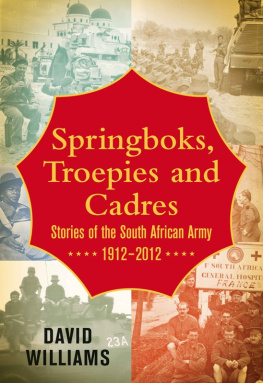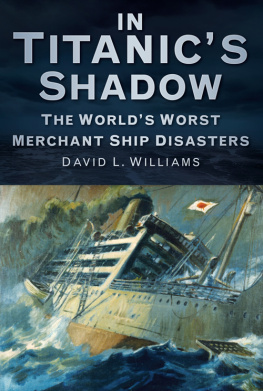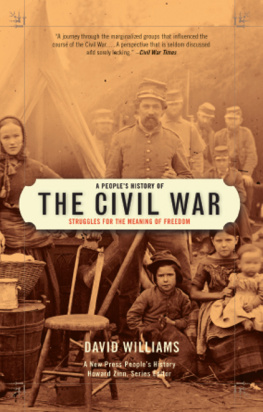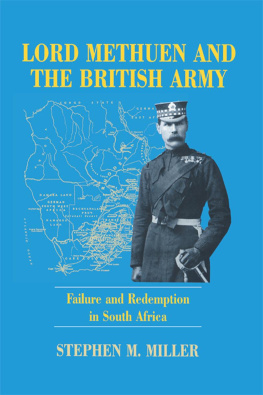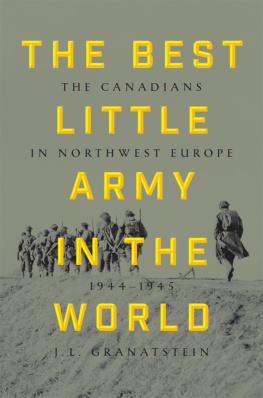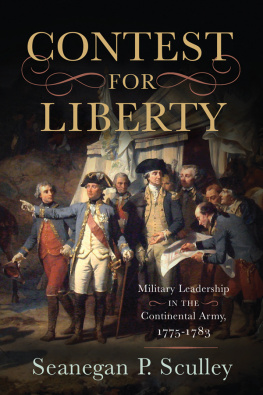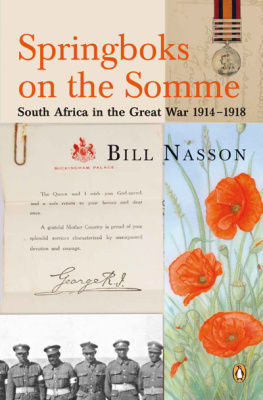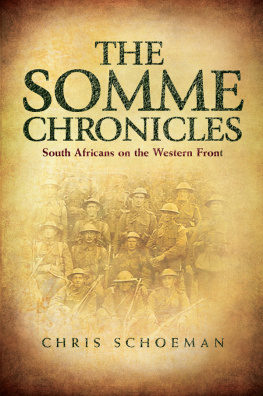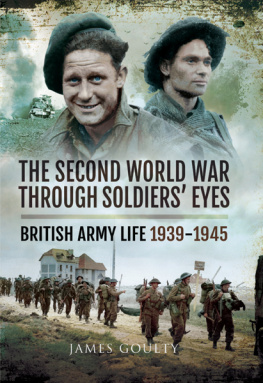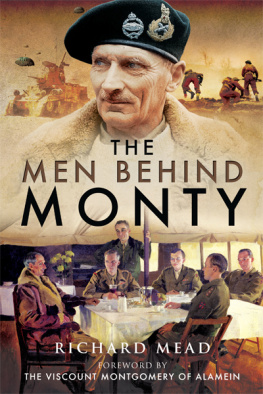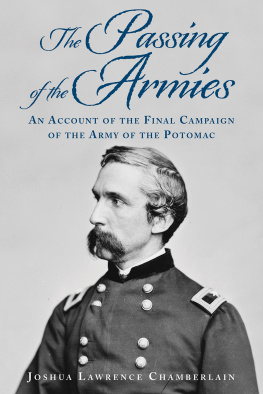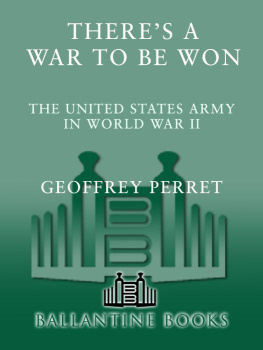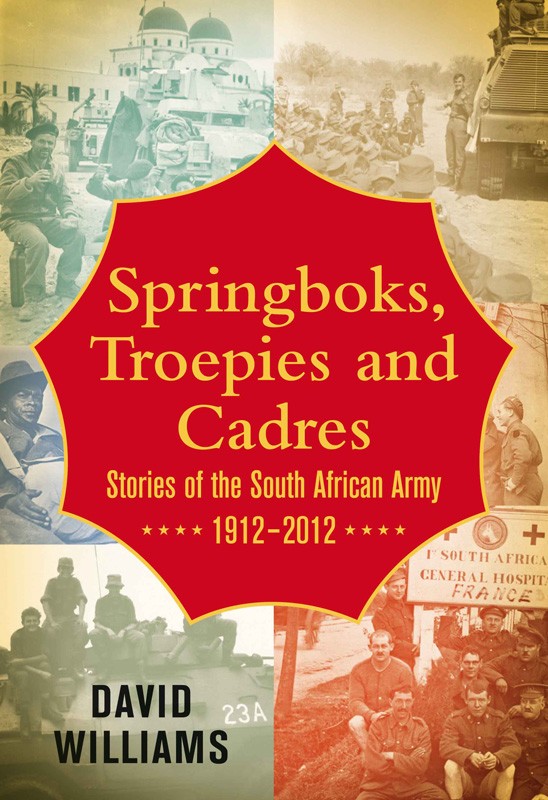
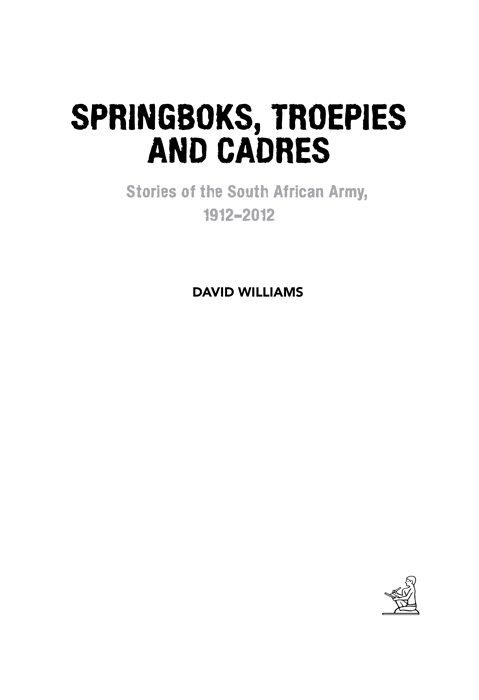
This book is dedicated to four soldiers who volunteered
for service Up North, and played a vital role 70 years ago
in the Alamein battles between July and October 1942,
when the tide was turned in the Second World War:
Lieutenant Colonel Cyril Cochran, Officer Commanding,
SA Irish Regiment and the Botha Regiment
Company Sergeant Major (later Commandant)
Bertie Simpkins, Rand Light Infantry
Sergeant (later Lieutenant) Peter Bunton, No.
1 Gun, 1st Field Regiment, SA Artillery
Bombardier John Bunton, No. 2 Gun, 1st Field Regiment,
SA Artillery (who fell in the battle at Alamein)
.
Introduction
T he South African Army was established, as part of the Union Defence Force (UDF), by the Defence Act (No. 13 of 1912). The army consisted of two main components. There was a small Permanent Force (PF), drawn mainly from British regular officers who had served in South Africa, and experienced senior men from the Boer commandos that had fought the British just a decade before. The PF was complemented by the Active Citizen Force (ACF, later simply the Citizen Force), staffed by part-time volunteers and selective short-term conscription. Many of the ACF units pre-dated the political union of the country, in some cases by decades. The Natal Carbineers, for example, served in the Anglo-Zulu War of 1879.
A century later, the structure of the army is essentially the same: a small professional core (now known as the Regular Force) that can be expanded substantially by part-time soldiers when necessary (now the Reserve Force, which has absorbed the area-based Commandos since 2003).
The story of the South African Army can be divided roughly into four eras, but there are several themes that run through its entire history.
The first era was the armys contribution to the Great War of 19141918. This was Britains war, and South African interests were never really threatened. However, the army sent men to fight in three different theatres: German South West Africa, German East Africa and France. In the first two, the South African army drew on two strong military traditions. From its Boer lineage it developed an instinct for using rapid manoeuvre, light supply, mobility and marksmanship to master the disadvantages presented by large arid territories. From the British tradition it inherited a belief on the importance of artillery and regimental discipline. In the third theatre, France, the South Africans were a relatively tiny part of a massive and tactically inept British army, and sacrificed many lives at Delville Wood in a largely futile cause.
The horrendous casualties in France haunted the South African Army for a century. In its second era, the Second World War, commanders like Major General Dan Pienaar were acutely aware of the need to keep casualties down, to the point where some British senior officers thought the Springboks as they were proudly known were reluctant to fight. However, there was sensitivity in the Union (as there had been in 19141918) about sending men far away to fight Britains wars for her, and the number of volunteers was not limitless.
In the third era, the Border War of 19651990, there was also great emphasis on keeping casualties to a minimum, again because of political sensitivities and a lack of clarity even among white South Africans as to what the boys on the Border were actually fighting for. This did, however, have the beneficial effect of developing excellent tactics and a military ethos that glorified effectiveness rather than sacrifice.
Another theme in the first three eras was that the army was a white-run institution that nevertheless relied substantially on the involvement of black soldiers. In the two world wars, black, Indian and Coloured volunteers in their tens of thousands served as unarmed labourers, drivers and stretcher-bearers. In the Border War, the South African Defence Force (SADF) relied heavily on its black ally, UNITA, in the war in Namibia and Angola, and on the regular unit 32 Battalion with black troops and mostly white officers to do the heaviest fighting.
South Africa has produced its share of winners of awards for gallantry, including non-combatants like Lance Corporal Job Masego of the Native Military Corps. He was one of 1 200 black men captured with the South African forces at Tobruk in June 1942, and was later awarded the Military Medal for sinking an enemy ship in Tobruk harbour while a prisoner of war.
Courage under fire is always to be admired, but it is remarkable that a non-combatant was motivated to commit such an act. As General Ian Gleeson, author of The Unknown Force: Black, Indian and Coloured Soldiers Through Two World Wars , has pointed out, non-white soldiers were:
an afterthought and a convenient reserve in the minds of those who ran the country and its armed forces at the outbreak of hostilities in both world conflicts. Because of the existing politics and prejudices, they could not be used in a combatant capacity and were relegated to the more menial tasks and unimposing functions. Simply because they were black or brown, they were told they could not fight. They were then second-class citizens and were thus considered second-class soldiers, though their record of gallantry contradicts this impression.
In the end the high hopes of the returning soldiers soon turned to disappointment and finally bitterness, as they went home with a cash payment of a few pounds, some with a bicycle; others with a new set of carpenters tools; and all with a simple khaki suit. Their white colleagues at least had the media, their business connections, their political representatives and, finally, the ballot box in 1948, through which they could vent their anger.
The shame of the armys first three eras was that, like the country it served, it observed rigid segregation. One effect of this has been that there are few first-hand accounts by black volunteers. In the fourth era, the years of peace and transformation since 1990, that evil has thankfully disappeared.
In all four eras of the South African Army, most of the fighting was done by volunteers and (in the case of the Border War) conscripts, rather than professionals. South Africa has no tradition of a large standing army, but can point to a tradition of citizen-soldiers among those of British origin, the Afrikaners and warrior peoples like the Zulu and Xhosa. In the two world wars, white soldiers referred to themselves as Springboks, drawing on the national sporting identity that had developed in the early years of the 20th century. In the Border War, the term troepie a blend of English and Afrikaans was used more than any other as a generic term for conscripts. Cadre was the designation chosen by MK members, drawing on the terminology of Soviet-dominated Eastern Europe. Each of these names might carry ideological weight, and therefore convey approval or disapproval depending on who was using the term.
Three times the South African Army has fought in major conflicts with distinction (though there may have been debate about the validity of the cause), and three times it has then entered a period of decline and decay as a result of being starved of resources: after the First World War, after the Second World War and then after the Border War. This is a difficulty that all armies face in peacetime, but the danger is that core capacity may be lost to the point where it cannot be restored.
This book does not pretend to be a history of the South African Army. The choice of the word stories in the title is deliberate. It is intended to indicate a highly personal selection of interests and impressions, drawing both on standard accounts and on memoirs and analyses that have not been published before. My aim is to convey something of the flavour of an army that has twice been regenerated by accommodating former enemies into one force, and that has produced more than its fair share of individual heroism, outstanding leadership and tactical innovation.
Next page
